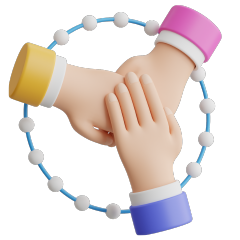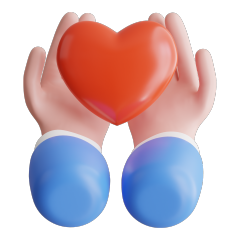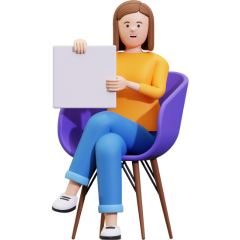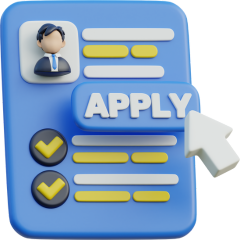The storm passes, but the trauma stays: Mental health recovery after a disaster
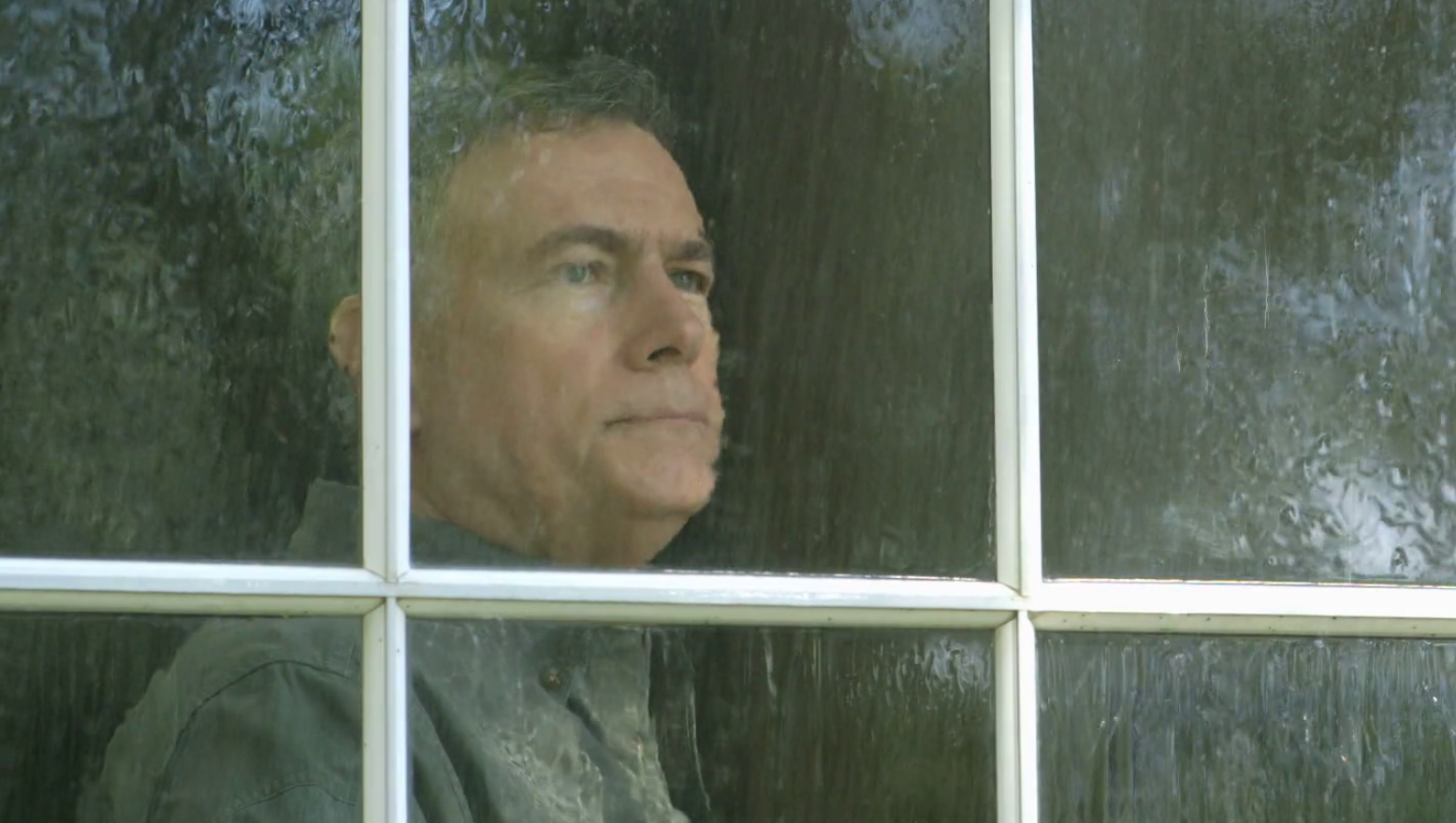
Mental health recovery after a disaster is just as important as rebuilding homes and infrastructure. Understanding how to cope, seek support and rebuild resilience is key to long-term recovery.
Table of Contents
When ex-Cyclone Alfred tore through northern New South Wales and Queensland in March 2025, it left more than physical destruction in its wake. With record-breaking rainfall, widespread flooding and thousands forced to evacuate, the impact extended beyond homes and infrastructure as communities faced a rising tide of fear, stress and uncertainty.
The emotional toll of natural disasters is just as devastating as the physical damage. As climate change fuels more frequent and severe weather events, being mentally prepared is just as important as having a disaster plan.
Disaster resilience goes beyond emergency kits and evacuation plans. It requires psychological strength, social connection and proactive coping strategies. Here’s how individuals, families and communities can mentally prepare for the next disaster—and why it matters.
The emotional toll of disasters
Calamities and disasters do more than just damage homes and infrastructures. They disrupt lives, routines and people’s sense of security. Anxiety, panic and feelings of helplessness can surface long before the storm even arrives. In the aftermath, survivors often struggle with post-traumatic stress disorder, grief and survivor’s guilt, especially when lives are lost or livelihoods are destroyed.
For people with disabilities, mental health challenges or caregiving responsibilities, disasters add another layer of complexity. Being displaced from support networks, losing access to medications or facing communication barriers in crisis situations can heighten distress.
Building mental resilience before disaster strikes
While no one can predict the full impact of a natural disaster, proactive mental preparedness can make a significant difference in how individuals cope. Here’s what experts, including Leora’s team of mental health professionals, recommend:
1. Stay informed, but set boundaries
Knowledge is power, but excessive exposure to disaster coverage can amplify fear. Stick to trusted sources like the Bureau of Meteorology and emergency services for updates and take breaks from social media doomscrolling to protect your mental wellbeing.
2. Have a personalised emergency plan.
Knowing what to do can reduce panic. Prepare an emergency plan that includes:
- Evacuation routes and safe locations
- Emergency contacts and local resources
- A checklist of essential items (including medications and assistive devices for people with disabilities)
- A communication plan with caregivers or support workers
Printing these out to reference (in case of power outage or your mobile phone running out of battery) is also a good idea!
3. Practise mindfulness and stress-reduction techniques.
Disaster-related anxiety is real, but techniques like controlled breathing, grounding exercises and other mindfulness exercises can help manage stress before and during a crisis. Leora mental health specialists encourage practicing these techniques daily so they become second nature in high-stress situations.
4. Strengthen social connections.
Communities that support one another recover faster. Get to know your neighbours, check in on vulnerable individuals and establish a network of support to help each other during an emergency.
Mental health recovery after a disaster: Healing beyond the crisis
The storm may pass, but for a lot of people the emotional aftermath lingers long after the skies clear. These feelings and emotions can be most intense in the first week following a disaster but typically subside after a few weeks.
However, if these feelings persist and begin to interfere with your daily life, you may need to seek support from a GP or mental health professional. Some common reactions to stressful or traumatic events include:
- Feeling overwhelmed – a deep sense of distress and uncertainty about what comes next.
- Feeling numb and detached – emotionally shutting down as a way to cope with trauma.
- Inability to focus or plan ahead – difficulty concentrating, making decisions or thinking about the future.
- Constant tearfulness – intense emotions that can surface unexpectedly.
- Feeling angry or irritable – frustration and short tempers as a response to loss and stress.
- Intrusive memories or bad dreams – flashbacks and nightmares related to the disaster.
- Sleep disturbances – insomnia or frequent waking due to anxiety.
- Constant questioning – thoughts of “What if I had done things differently?” or second-guessing decisions.
- ‘Replaying’ the event – mentally reliving the disaster and imagining different outcomes.
Sometimes, the people around you may notice changes in your mood or behaviour before you do. If someone you trust expresses concern, see it as a gesture of care rather than criticism.
Acknowledging their support and seeking professional help when needed is not a sign of weakness, but a step toward healing and resilience.
Share your experience. Acknowledging grief. Allow space for emotional recovery.
Talking through trauma with professionals, family or support networks can reduce feelings of isolation and help you regain a sense of normalcy.
Support beyond the crisis: Leora Employee Assistance Program (EAP)
Recovery doesn’t happen overnight, but you don’t need to go through it alone. Prioritising mental wellbeing after a disaster is just as important as rebuilding homes and communities.
Recovering from a disaster is also about regaining emotional stability and wellbeing. If you need support because you feel overwhelmed, struggle to sleep, or just need someone to talk to, Leora offers on-demand mental health support to help you through.
Take the next step in your recovery. Learn more about our mental health services and access Leora’s employee assistance program today.
People who have experienced natural disasters may experience trauma. Hear from Jonathan Rigetti, one of the psychotherapists you can find on the Leora app.
